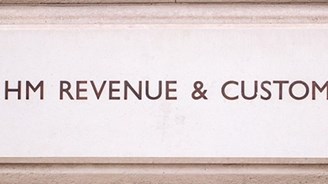Route 102 – One man’s year-long journey……Day 41

To mark this momentous year for UK GAAP, I'm embarking on a mission to work my way through FRS 102, reading a portion on each working day of 2015 and writing a short blog entry on my thoughts and musings (be they few or many).
Day 41 (23 Mar)
Another week, another foray into financial instruments - hedge accounting in section 12, to be precise. We've covered the definitions of hedging instruments and hedged items, and looked at some background issues. Today, before I head off to Newbury for this afternoon's Accounting Update course, I'll briefly outline the three types of hedging arrangement covered by the standard.
Before doing so, it's worth remembering why we'd take this approach at all. The problem is that derivative instruments which may be used to hedge account are, at the moment, held off balance sheet. Last week I gave the example of an entity entering into a forward contract to sell currency, in order to hedge against the currency exchange rate movement on a trade debtor. As I outlined in that post, the forward contract (the 'hedging instrument') would now be recorded at fair value under the normal approach in section 12. It's important to note that this wasn't the case under FRS 4 - the fair value was held off balance sheet and the gain or loss on the contract would only have been recognised on settlement.
Recognising the change in value of two separate items (the foreign currency debtor and the forward contract) in the profit and loss creates unnecessary volatility - hence the need for hedge accounting, which will work to lock the profit impact of each item together for minimised volatility.
So, on to the three types of hedge arrangement. These are:
That's all for now...
P.S. If you missed the last instalment click here



